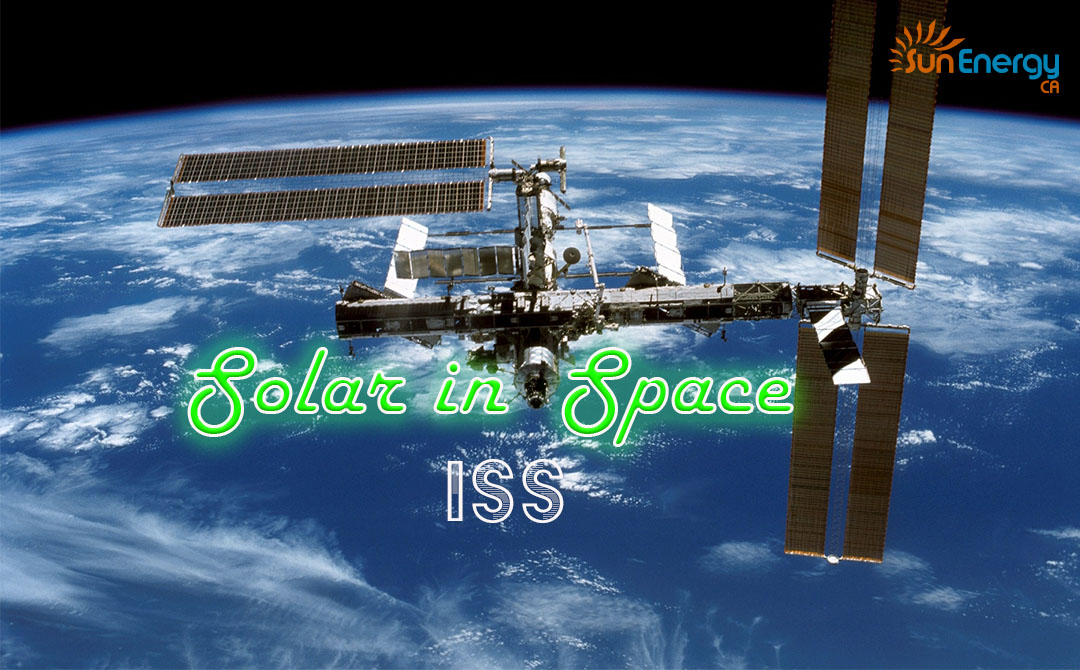I know what you’re thinking, how do they get electricity over 200 miles above Earth?
*Hint: It’s not an extension cord.*
The best source of energy for the ISS is the energy obtained from the sun. Space engineers have done a fantastic job of creating solar arrays that convert energy from sunlight to electricity for the International Space Station to use.
What are solar arrays?
Solar arrays look similar to the solar cells you see on roofs, however, these arrays are made of thousands of solar cells, making them absolutely enormous. Together the arrays contain a total of 262,400 solar cells and cover about 27,000 square feet – which is more than half of a football field. The wingspan on these bad boys is 240 feet, longer than a Boeing 777’s wingspan!
According to Nasa.gov, solar arrays produce more power than the station needs at one time for station systems and experiments. When the space station is in sunlight (which is about every 90 minutes considering that the station is moving at a whopping 17,100 miles per hour) about 60 percent of the electricity that the solar arrays generate is used to charge the station batteries.
How were the solar arrays installed on the ISS?
The eight solar arrays, each 112 feet long by 39 feet wide, were installed during various space shuttle missions. In March of 2009, the STS-119 crew installed the final set of solar arrays.
How much power do the solar arrays put out on the ISS?
The solar arrays generate 84 to 120 kilowatts of electricity, which is enough to provide power to more than 40 residential homes. Sometimes, the panels are in the shadow of Earth, or the shadow of part of the station. When this happens, the space station isn’t getting enough sunlight and as result, the station uses the batteries for power. Between the energy from the sun and the batteries on the ISS, the station is able to achieve enough electricity to run their experiments and equipment in the U.S., Russian, Japanese, and European laboratories.
Interesting Facts about International Space Stations Solar Power
When the space station collects sunlight, the electricity can cause the spacecraft to build up excess heat which can cause damage. In order to offset this heat, the ISS power system uses radiators to dissipate the heat away from the ISS. These radiators are placed out of the sunlight and aligned to face towards the chilly temperatures of deep space.
The solar arrays on the ISS generally track the sun as the space station moves around Earth. There is an alpha gimbal, used as the main rotation, and a beta gimbal, which adjusts the angle.
The batteries on the space station are rechargeable nickel-hydrogen batteries that are recharged during orbit when the spacecraft is in sunlight. These batteries last about 6.5 years and must be replaced accordingly.
The panels on the station are bifacial. This means they are two-sided, allowing the arrays to generate sunlight from different angles as the station orbits Earth.
Each array is built into an accordion-like racking system. This racking system was designed to be transported into orbit compressed and then unfolded to actual length when set up. The extended racks of panels are referred to as “blankets.”

